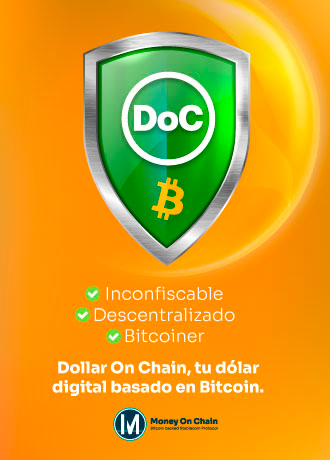MiCA —el nuevo reglamento europeo sobre los mercados de criptoactivos— nace con la intención de aportar claridad y legitimidad al sector. Pero su impacto podría estar siendo el opuesto: en lugar de fortalecer al euro en la era digital, está consolidando aún más el dominio del dólar estadounidense.
Para entenderlo, hay que empezar por lo básico: las stablecoins son activos digitales cuyo valor está vinculado a una moneda tradicional, como el dólar o el euro. Se utilizan ampliamente en pagos, comercio y finanzas descentralizadas por su estabilidad frente a la volatilidad de otras criptomonedas. Hoy, más del 99 % del volumen global de stablecoins está vinculado al dólar.
En vez de incentivar la creación de alternativas en euros, la UE ha impuesto con MiCA unas condiciones tan restrictivas que apenas deja espacio para que florezcan las monedas estables europeas. Si los legisladores hubieran dicho claramente “no queremos stablecoins porque apostamos por nuestro propio euro digital”, habría sido polémico. Pero el efecto práctico de MiCA es similar: frenar la innovación en euros desde el sector privado.
Este contexto beneficia de forma directa al dólar. Mientras la narrativa política global habla de “desdolarizar” la economía mundial, las stablecoins están impulsando un segundo auge del billete verde, reforzando su presencia como divisa de referencia incluso en los sistemas financieros más innovadores.
Y esto ocurre justo cuando potencias como los BRICS —y la propia UE— buscan reducir su dependencia del dólar. Si el comercio del futuro se desarrollará sobre infraestructura blockchain, la falta de stablecoins europeas fuertes condena al euro a quedar fuera de juego.
Bruselas confía en que el euro digital, o CBDC (moneda digital emitida por el banco central), podrá cubrir ese hueco. Pero esa fe es ingenua. La historia demuestra que los proyectos nacidos de la administración pública rara vez compiten en eficacia y adaptabilidad con la innovación del sector privado. Además, las CBDC plantean serios interrogantes sobre privacidad, control estatal y libertad del usuario.
Mientras tanto, Estados Unidos parece haber entendido mejor el equilibrio. En lugar de apresurarse con un dólar digital oficial, ha dejado espacio para que las empresas privadas desarrollen stablecoins. Así, mantiene una innovación ágil, competitiva y alineada con el mercado.
El fallo de Europa con MiCA no es solo económico. Es estratégico. Al dificultar el desarrollo de stablecoins en euros, la UE refuerza sin querer la hegemonía del dólar en un momento crucial, justo cuando una alternativa sólida y europea podría ofrecer competencia real y más diversidad en el sistema monetario digital.
Los reguladores creen estar protegiendo el sistema financiero, pero, en realidad, están construyendo una muralla regulatoria en torno a la irrelevancia. A medida que el sector cripto crece globalmente, capital e innovación fluyen hacia los países que permiten experimentar. Europa corre el riesgo de quedarse en la grada, viendo cómo otros escriben las reglas del nuevo sistema financiero global.
Si la UE quiere que el euro siga siendo relevante, debe replantearse urgentemente su enfoque. El futuro del dinero lo marcarán quienes favorezcan la innovación, no quienes la obstaculicen. Paradójicamente, MiCA podría acabar siendo el mejor regalo que Europa le haya hecho al dólar estadounidense en mucho tiempo.
Por Eneko Knörr, cofundador de Stabolut






